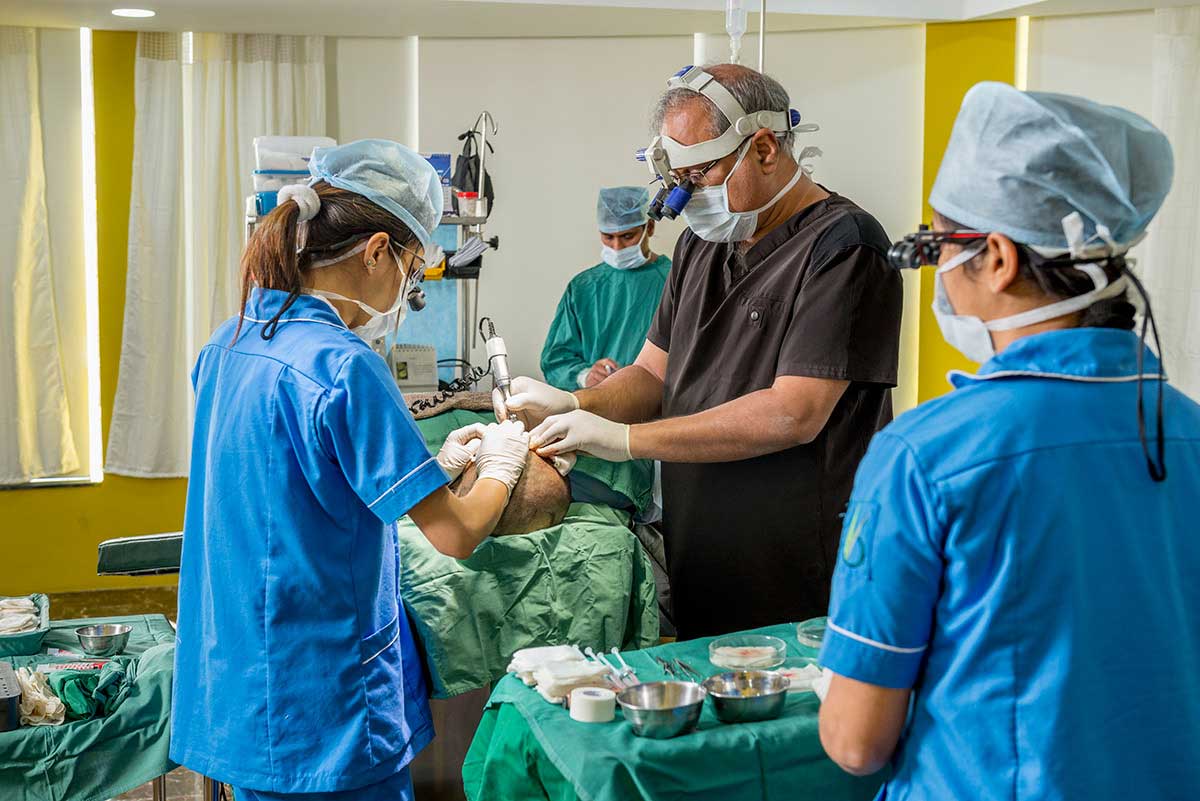A hairline restored through hair transplant should look natural and blend seamlessly with the patient’s existing hair. One of the key factors is achieving the right density, where the hairline has enough fullness without appearing too sparse or too thick compared to the surrounding areas. The shape and design of the hairline should also suit the individual’s facial structure and age, avoiding an unnaturally straight line; instead, a slightly irregular, feathered design is preferred to mimic how natural hairlines grow. Look at this result: https://youtu.be/bF7m1jtkJ2Q?si=bSsTeCrDk3A7jfby
Additionally, the angle and direction of the transplanted hair must be carefully considered so that it grows in harmony with the existing hair, especially in the front where hair typically grows at a shallow angle. A soft, gradual transition from the forehead to the fuller areas behind it is also important, with finer hairs at the front leading into thicker areas behind. Finally, minimal scarring and good healing are crucial, as modern techniques like FUE aim to leave little to no visible scarring, ensuring a smooth and natural-looking result after recovery.
After all, if a hair transplant is poorly done, it sticks out like a sore thumb—an unnatural hairline is the kind of thing people can spot from a mile away. There’s little point in getting a transplant if the result is so obvious that it looks like a hat glued on your head. The whole goal is to look natural; otherwise, you’re just drawing attention to the problem rather than solving it. If it’s too obvious, you’ve defeated the purpose—you don’t want people whispering behind your back that you paid for something anyone can spot in an instant.
When you get a hair transplant in India with us at Darling Buds hair transplant clinic (either Darling Buds Chandigarh or Mumbai) we encourage a detailed discussion, discuss the pros and cons of hairline design threadbare and lay down realistic expectations, goals and objectives that will result in happy esthetic outcomes.


